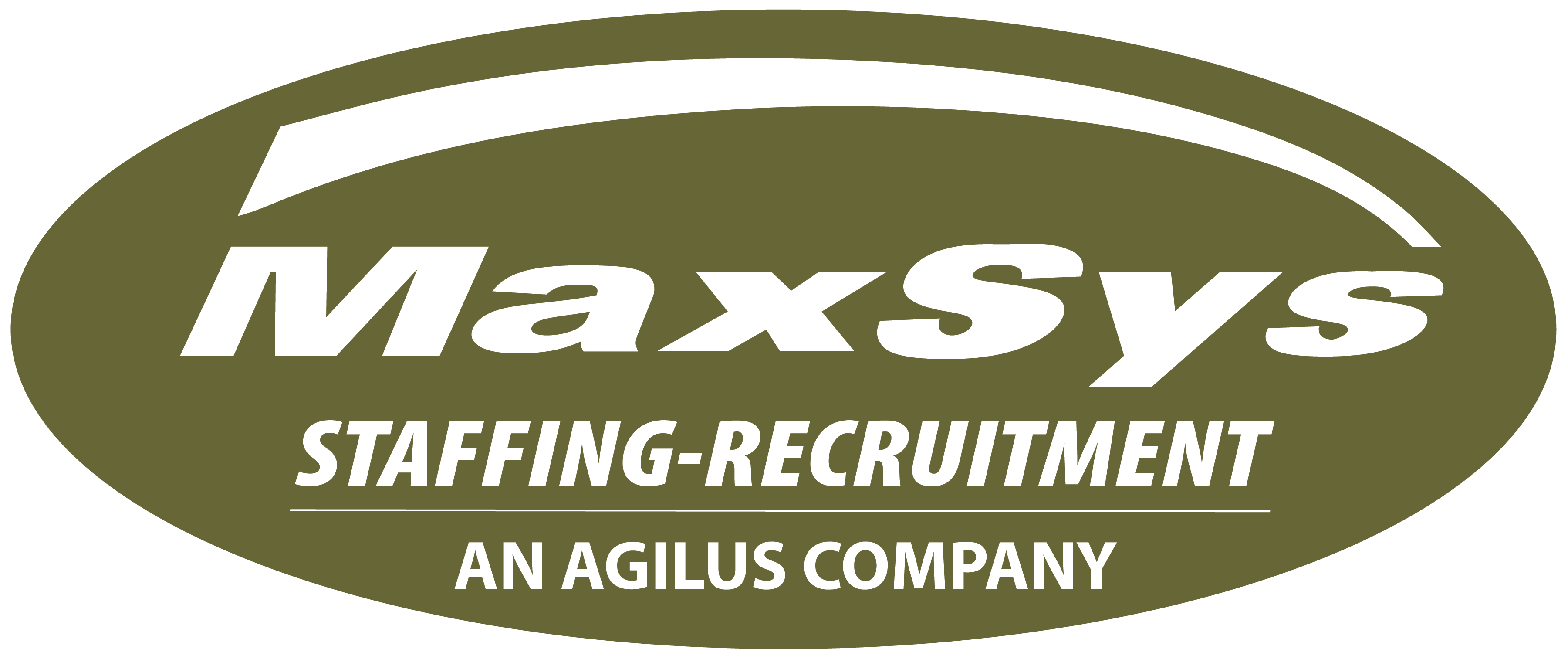April 18, 2022
OVERCOME RESISTANCE OF TECH IMPLEMENTATION
Introducing new technology in the workplace—software, IT security, digital sales or marketing tools—can be a major challenge if your employees resist change. When you plan clearly and build the proper foundation for your business vision, implementing change can be much smoother and you’ll improve the chances of success. Follow these tips to ensure the smooth implementation of your technology projects.
Create a sense of urgency
In their book, The Heart of Change, academics John P. Kotter and Dan S. Cohen say that for change to be successful, 75% of a company’s management needs to “buy into” the change.
In other words, it’s important you develop a sense of urgency around the need for change. This may help you spark the initial motivation to get things moving. This isn’t simply a matter of showing people poor sales statistics or talking about increased competition. You need to have an open and convincing dialogue about what’s happening in the marketplace. If people start talking about the change you propose, the urgency can build and feed on itself.
Communicate often
The human element needs to be a key part of your planning. Managers have a tendency to underestimate how upsetting this type of change can be. You should begin preparing employees for a major change months before, not when it’s occurring. Early in the process, tell your employees about the new technologies you will bring to the workplace. This will get them thinking, asking questions and even challenging how they will use these new tools.
You can use the following communication tools to help ease change.
- Frequent newsletters,
- town hall meetings, and
- email updates
Create a committee that will help lead employee adaptation to the new technology; include both enthusiasts and resistors to the plan.
Provide training
Make sure the training is complete and not too theoretical. Thorough training will involve key employees in system selection and implementation. Keep in mind that many employees are not savvy about technology and may be intimated by it, but explain why it’s necessary.
Ask for opinions on what’s needed and involve employees in supplier interviews and system demonstrations.
Explain what’s in it for them
When team members don’t understand the consequences of staying with the status quo, they are less likely to want change. Discuss how the new technology will affect employees positively. But don’t shy away from how it could initially disrupt the workplace. Consider offering incentives for those who adopt change rapidly and additional support for employees who have more difficulty adapting.
Ensure management Buy-in
Bringing new technology into the workplace starts with a commitment at the top. If that’s you, make sure you’re clear on why it’s necessary and beneficial. Rally the support of your managers. There’s lots of room for interdepartmental discord in technology implementations.
Make sure your top people are all delivering the same message as employees turn to them with questions.
Block the exits, but provide encouragement
Everyone has to understand that there will be bugs and problems but that we’re not going back to the old way of doing things. Put in place the structure for change, and continually check for barriers to it. Removing obstacles can empower the people you need to execute your vision, and it can help the change move forward.
Look at your organizational structure, job descriptions, and performance and compensation systems to ensure they’re in line with your vision. Requests for individual exceptions and work-arounds must be vetoed. Early successes can be a great way to motivate your teams early on. Create a sense of urgency, build a vision and effectively communicate it, remove obstacles, create quick wins, and build on your momentum. If you do these things, you can help make the change part of your organizational culture. That’s when you can declare a true victory.



